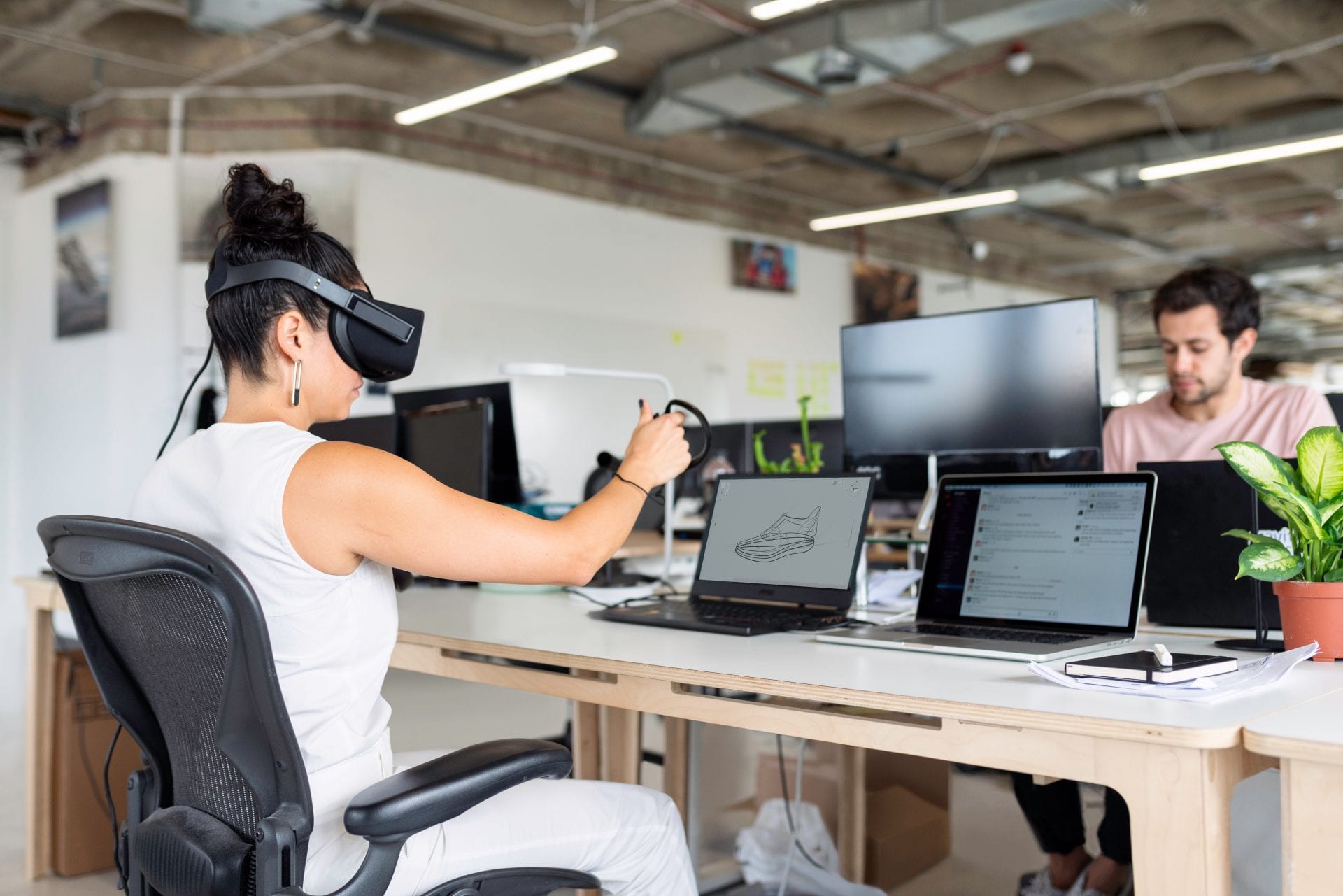Building Virtual Simulations for Advanced Technological Education
The National Convergence Technology Center (CTC) recently attended a special webinar hosted by Clemson University’s Center for Workforce Development (CUCWD) on the topic of using virtual reality (VR) in technician education programs. While the CUCWD has a National Science Foundation grant to develop VR modules on its EducateWorkforce online learning management system (LMS) platform (mostly for aviation, automotive, and manufacturing content), the webinar also offered a look at broader VR trends and best practices. The use of VR in training IT students has been a topic of particular interest for the CTC’s National Visiting Committee annual review panel. 
Here are a few highlights of that CUCWD talk:
- The big benefit of classroom VR are, of course, the way VR’s unique interactivity foster active “learn by doing.” It’s a vivid way to connect classroom work with real world applications. Another important benefit is the inherent safety in allowing students to operate virtual versions of expensive, possibly dangerous equipment. Mistakes in VR carry no real consequence.
- There are concerns with “technical acceptance” of VR. That is, some students and faculty resist learning new tools and technology. This is why the CUCWD recommends keeping VR simple, such as putting the modules online (with the mouse as the only controller) rather than running them through complicated immersive headsets. Also, because VR is still so new, the best practices are always evolving and changing, which can create challenges in developing and implementing VR content.

- VR covers several “genres.” The VR “procedural” focuses on a specific task with step-by-step, hands-on instructions. The goal is that eventually, the student can complete the task without directions. The open-ended “non-linear” VR module allows the student to roam freely in a larger, sandbox-style environment. The example cited involves a student walking around a warehouse looking for safety hazards, which can be adjusted. The hazards could be easy to find or more complicated. The “serious game” VR fosters competition by allowing points to be scored. There’s also the “experiential simulation” that boosts empathy by putting the viewer in the shoes of another person, such as helping someone understand what it’s like to suffer from Alzheimer’s.
- VR allows for “scaffolded learning” whereby exercise formats change to strengthen student learning. The first step could be simply learning definitions and terminology. The second step could be guided, step-by-step practice performing a specific task. The last step could be a more “open” module with no guided instructions.
- In developing new VR content, while the CUCWD tries to download existing CAD files, those are often too complicated. Modules need to keep things simple to improve optimization, which means the virtual objects are often built from scratch.
More resources on using classroom VR can be found in this ISTE blog and this AR company’s website article .
